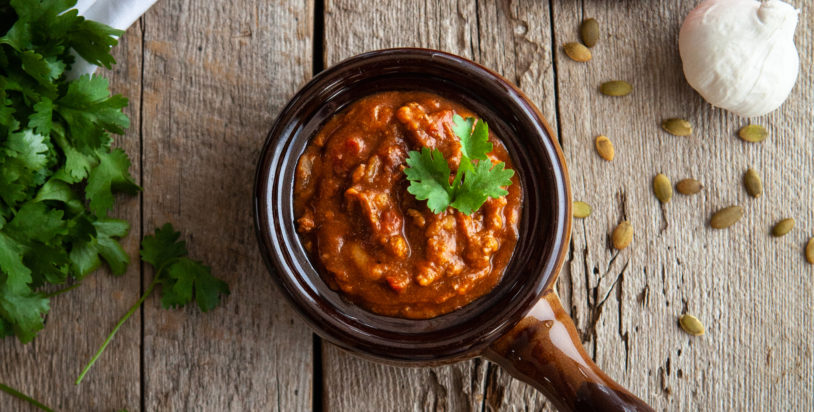
The Great Pumpkin
With a stellar nutritional resume and fine flavor, the pumpkin deserves an honored place at your table.
Poor pumpkin. Long ago, the ancients of North America gave the pumpkin a regular spot on the menu. But at some point between the early colonials and our embrace of Halloween, America relegated one of nature’s most nutritious squashes to the occasional pie and Jack o’ lantern. This, despite the pumpkin’s bright orange skin and garden bulk that shouts, “Hey, over here! Packed with nutrients.”
Well, it’s time to invite the pumpkin back to the table. Within that orange glow is a fat-free power package of antioxidants (courtesy of beta-carotene, which is also responsible for the color), fiber, potassium, vitamin A and more.
In fact, the health benefits of pumpkin surpass most winter squash and even carrots. Besides, who can deny the feel-good quality associated with the pumpkin—the pleasure of strolling through a pick-your-own pumpkin patch or stopping at a farm market to choose the biggest, brightest, weirdest-shaped specimens.
Although most folks prefer pie pumpkins for their Thanksgiving dessert, your run-of-the-patch variety will do for almost any recipe. To cook with pumpkin, treat it as you would any winter squash. Cut it up, scrape out the seeds, place in a pan with shallow water shell side up and bake at 325° for about an hour or until tender. Cool then scrape out the pulp and pulverize in a blender or a food processor. Divide into 1 to 2 cup portions to use fresh or freeze.
If the above sounds complicated, go ahead and use canned. You receive all the nutrition of fresh and maybe more so because the cans are so densely packed. Either way, pumpkin adds a smooth, mellow flavor and a wallop of good-for-you to many foods, like muffins, breads, soups and pasta sauces. And … it’s a natural with chili.
Try our favorite pumpkin chili recipe.
